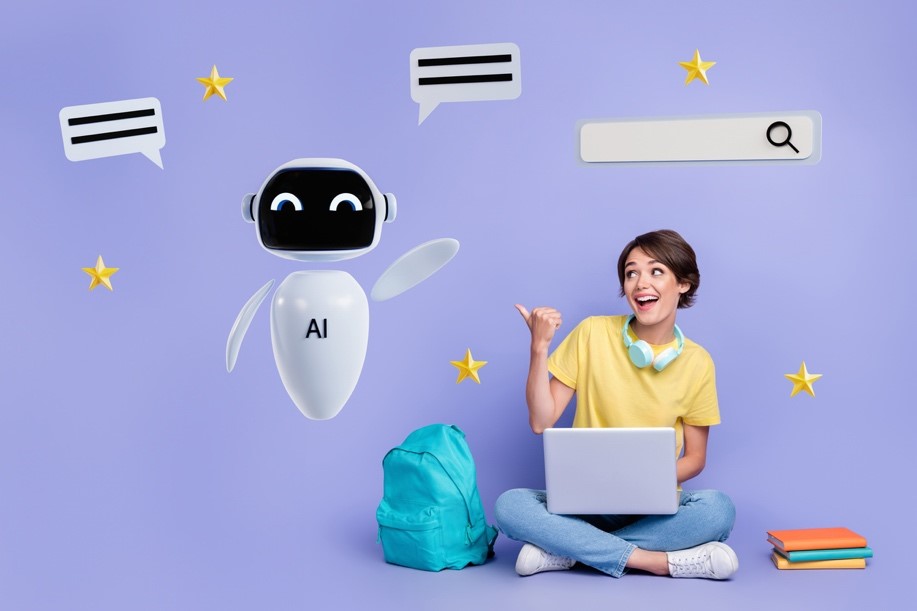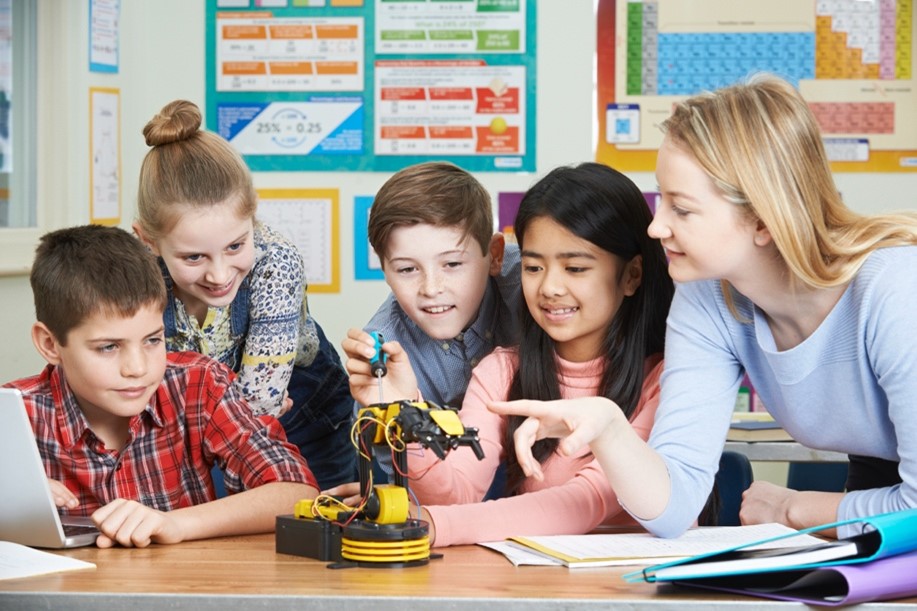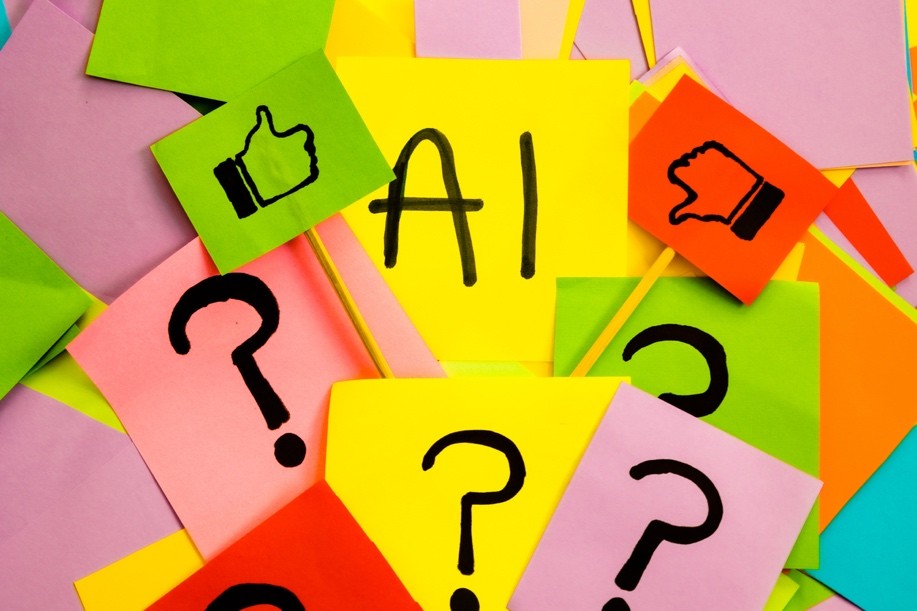The digital classroom is undergoing a profound transformation, driven by the convergence of artificial intelligence (AI) and immersive technologies like virtual reality (VR) and augmented reality (AR).
These innovations are not just enhancing how content is delivered—they are redefining what it means to learn, interact, and grow in an educational environment. As we look to the future, AI and VR/AR will be central to the design of classrooms that are more engaging, personalized, and effective than ever before.

AI: The Intelligent Engine of Immersive Learning
Personalization and Adaptivity
AI’s most significant impact is its ability to personalize learning at scale. By analyzing real-time data on student performance, AI systems can adjust the difficulty, pacing, and content of lessons to suit each learner’s needs. This adaptive approach ensures that students are neither bored nor overwhelmed, maximizing engagement and retention. For example, AI-driven platforms can identify when a student is struggling with a concept and automatically provide additional resources or alternative explanations, while more advanced learners are challenged with deeper material.
Interactive and Gamified Experiences
AI powers the creation of gamified lessons, simulations, and interactive content that transform passive learning into active exploration. These elements make lessons more enjoyable and dynamic, encouraging critical thinking and problem-solving. AI-driven simulations allow students to experiment, make decisions, and see the consequences in a risk-free environment, fostering deeper understanding.
Real-Time Feedback and Analytics
One of AI’s most valuable roles is providing instant, actionable feedback. As students interact with digital content—whether in a VR simulation or AR-enhanced activity—AI systems can assess their performance, highlight mistakes, and offer guidance in real time. This immediate feedback loop helps students correct errors quickly and reinforces learning. For educators, AI-driven analytics provide insights into class-wide trends and individual progress, enabling more targeted interventions before issues escalate.
Content Creation and Curation
AI significantly streamlines the process of developing educational materials. Teachers can leverage AI tools to generate quizzes, simulations, and lesson plans aligned with curriculum goals, freeing up time to focus on instruction and student support. AI can also curate content, recommending resources tailored to the objectives of each lesson or the interests of individual students.

VR/AR: Creating Truly Immersive Learning Environments
Engagement Through Experience
VR and AR technologies immerse students in environments that were previously inaccessible. With VR, learners can walk through ancient cities, conduct virtual science experiments, or explore the cosmos—all from their classroom. AR overlays digital information onto the real world, allowing students to hold and manipulate 3D models of molecules, historical artifacts, or complex machinery. These experiences make abstract concepts tangible and memorable, dramatically increasing engagement and knowledge retention.
Collaboration and Social Learning
Immersive technologies foster collaboration even when students are not physically together. VR enables shared virtual spaces where learners can work together on projects, solve problems, and practice social skills. AR can facilitate group activities by allowing multiple students to interact with the same digital object or scenario in real time, promoting teamwork and communication.
Accessibility and Inclusion
VR and AR can be tailored to meet the needs of diverse learners, including those with disabilities. These technologies provide controlled, customizable environments that reduce stress, support sensory preferences, and remove physical barriers to participation. For example, students with mobility challenges can fully engage in virtual field trips or lab experiments, while those with social anxieties can practice interactions at their own pace.
Designing Classrooms for AI and VR/AR Integration
Flexible, Future-Proof Spaces
To fully realize the benefits of AI and immersive technologies, classroom design must evolve. Flexible layouts with movable furniture and clear central spaces accommodate the movement required for VR experiences and facilitate group work. Lighting and acoustics should be optimized for AR activities, ensuring digital overlays are visible and distractions minimized.
Seamless Technology Integration
Effective digital classrooms require robust infrastructure—high-speed internet, powerful computing devices, and easy access to VR/AR headsets and AI-driven platforms. Accessibility must be a priority, ensuring all students can benefit from these tools regardless of ability or background.
Holistic Approach to Learning
The most successful immersive classrooms blend AI and VR/AR with traditional teaching methods, creating a balanced, holistic learning environment. Teachers play a crucial role as facilitators, guiding students through digital experiences and helping them make connections to real-world knowledge and skills.
The Future: A New Paradigm for Learning
AI and VR/AR are not just add-ons—they are foundational to the next generation of digital classrooms. Together, they create spaces where learning is personalized, interactive, and profoundly engaging. As these technologies continue to evolve, they will empower educators to deliver experiences that are safer, more accessible, and more relevant to the demands of the modern world.
By embracing AI and immersive technologies in classroom design, we are preparing students not just for exams, but for the challenges and opportunities of a rapidly changing future.
Ready to get started. Start with these resources that will guide you through first steps.
- The Future of Learning: AI, Augmented, and Virtual Reality in the Classroom (Digital Media Academy)
- The Ultimate Guide to VR and AR in Education in 2025: Supercharge Learning with Actionable Steps (Classpoint)

Leslie Stebbins is the director of Research4Ed. She has more than twenty-five years of experience in higher education and K-12 learning and instructional design. She has an M.Ed. from the Technology Innovation & Education Program at the Harvard Graduate School of Education and a Master’s in Library and Information Science from Simmons College. Program








